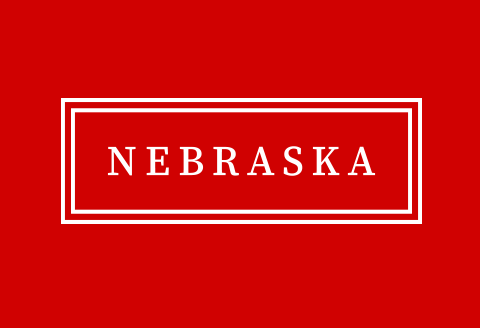Special Education and Communication Disorders, Department of

Department of Special Education and Communication Disorders: Faculty Publications
Document Type
Article
Date of this Version
2017
Citation
Language, Speech, and Hearing Services in Schools (2017)
doi: 10.1044/2016_LSHSS-15-0086
Abstract
Purpose
The purpose of this study was to explore how speech-language pathologists (SLPs) who are augmentative and alternative communication (AAC) specialists approach the assessment process for 2 case studies, 1 child with cerebral palsy and 1 with autism spectrum disorder. The aim of the study was to answer the following questions: (a) How do clinicians with expertise approach the AAC assessment process for children with developmental disabilities? (b) Can any initial hypothesis be drawn about how SLPs approach the assessment of children with motor versus social interactive deficits?
Method
This study used a phenomenological qualitative design. The researchers conducted 2 in-depth, semistructured interviews with 8 SLPs who specialized in AAC and self-identified as primarily working with children.
Results
Four major themes emerged from the data: area of assessment, method of assessment, evaluation preparation, and parent education. Each major theme contained multiple subthemes and categories within those subthemes.
Conclusions
Participants discussed similar areas of assessment for both cases, indicating that some aspects of AAC assessment are universal. However, the specific aspects of what they were assessing and how they went about assessing them differed between the 2 cases. The results of the current study provide an outline of an assessment protocol for children with complex communication needs.
Included in
Analytical, Diagnostic and Therapeutic Techniques and Equipment Commons, Special Education and Teaching Commons, Speech and Hearing Science Commons, Speech Pathology and Audiology Commons


Comments
Copyright © 2017, American Speech-Language-Hearing Association. Used by permission